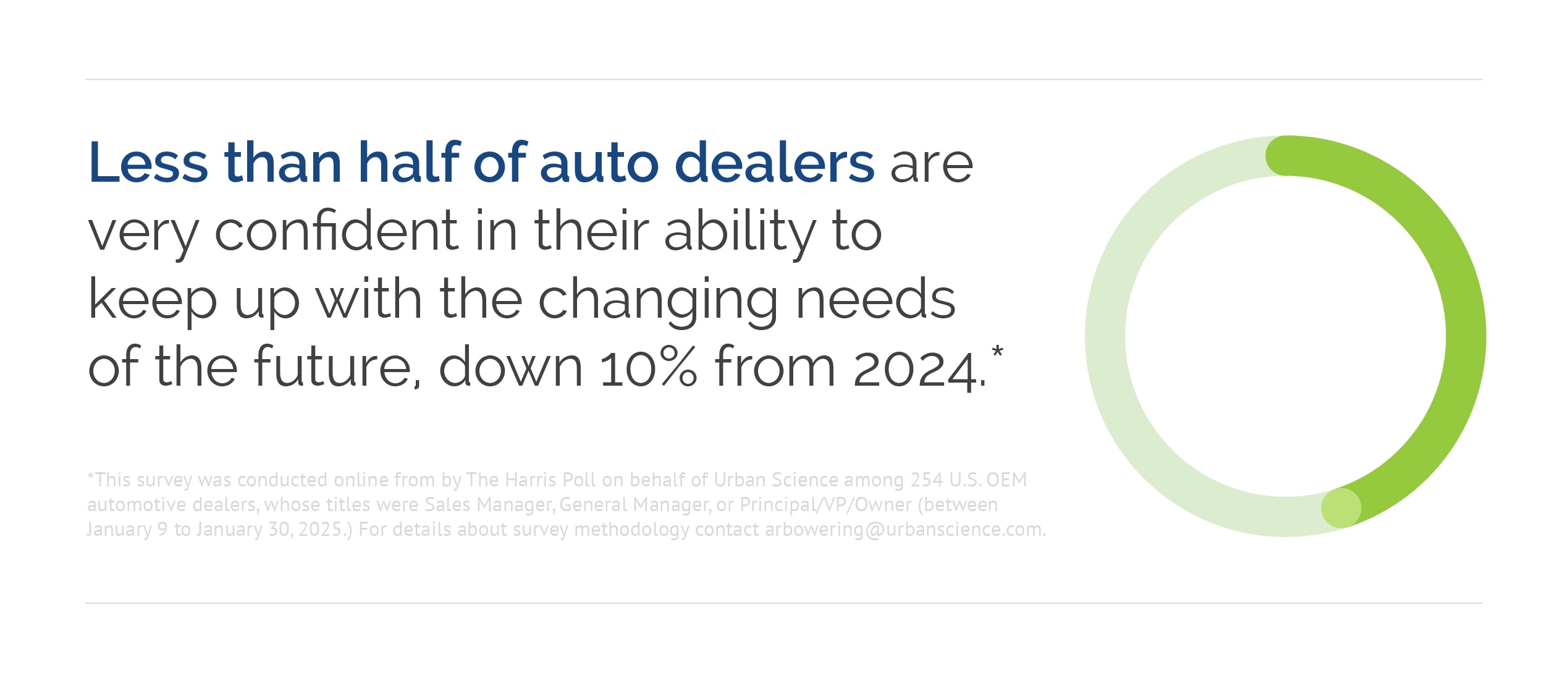Any dealer who has had to revise a business plan mid-year can tell you one thing: nothing will eat into your profit margins faster than guesswork. A spike in demand, a sudden price fluctuation or a policy change can throw off projections overnight. When that happens, dealers need to quickly understand how a tactical pivot will affect their bottom line to ensure they make the right move before their numbers start to slip.
That’s why dynamic business planning tools are becoming a strategic necessity for today’s dealership leaders. When sales surge or margins tighten, dealers need tools that allow them to adjust inputs and model the financial impact of new scenarios right away — so the decisions that come next are guided by data excellence and deep industry expertise, not vague assumptions.
Course correcting in real time
Most dealers have a good sense of how seasonal patterns factor into their financial performance, and they use this information to create annual business plans. But seasonal planning doesn’t account for unpredictable shifts. For instance, in dealers suddenly had to contend with demand that far outpaced their expectations, and the financial assumptions baked into their original plans no longer held true.

The same applies when demand decreases. If grosses shrink, a dealer may need to evaluate fixed costs, such as headcount or advertising, to protect their profit margins. In situations like these, dealers must be able to adjust projections for sales, pricing and/or expenses to see how operational or market changes could affect their competitiveness and overall performance. This kind of flexibility is critical in a market where conditions often evolve faster than traditional planning cycles can accommodate.
Streamlining data-driven decision-making
In the past, the sheer complexity of business planning tools often made data-driven decision-making a challenge for dealers. Excel-based legacy systems forced users to navigate multiple spreadsheets and hundreds of data points to answer basic financial questions. As a result, few dealers had the time or resources to develop comprehensive business plans, especially when a dip in the market or an unexpected shift in demand could render them obsolete.
Web-based business planning tools can eliminate that friction. By reducing the process of creating a business plan to a handful of key inputs, they allow dealers to model scenarios and understand how internal or external changes might impact their financials. This makes it simpler to compare options, stress-test plans and decide which moves will keep the business on track if conditions shift.
Connectivity and communication
One of the most persistent pain points in the OEM-dealer relationship is visibility and alignment. Automakers and dealers may share the same broad goals, but their underlying motivations can differ. Dealers are focused on profitability, while automakers tend to prioritize broader brand growth and revenue goals — often driven by the need to move vehicles and parts efficiently through the network. While these objectives aren’t inherently misaligned, they can create tension when targets or strategies fall out of sync.
Collaborative business planning tools give automakers a clear view of dealer performance by region and market, which helps them set targets based on real-time data. Dealers, in turn, can adjust these plans to reflect local conditions and operational realities. Business plans are live, accessible and transparent on both sides, reducing the need for back-and-forth email exchanges and manual reporting. Automakers can identify risks earlier on and offer tailored support when their independent dealers need to pivot, and dealers benefit from clearer expectations and better visibility into their own performance. That alignment enables stronger financial outcomes for dealers and automakers alike.
Planning that stays in sync
For years, business planning has been overly complicated — slow, manual and disconnected from the daily realities that dealers face. That complexity has been a quiet drag on both dealer profitability and OEM performance. The faster the market moves, the more costly these inefficiencies become. Dealers can’t afford to operate on outdated assumptions or inflexible plans, and automakers can’t afford to have gaps in visibility within their network.

FinancialView™ replaces legacy processes with a business planning module built for change. It simplifies decision-making, brings clarity to planning and creates genuine transparency between dealers and automakers. Most importantly, it makes strategic flexibility a foundational part of how the business operates. Because planning without flexibility isn’t a strategy, it’s a gamble .
Learn more about FinancialView™ and its ability to deliver on-the-go financial decisions that grow network health and maximize profitability.
